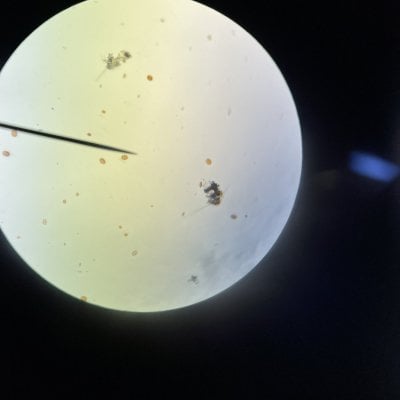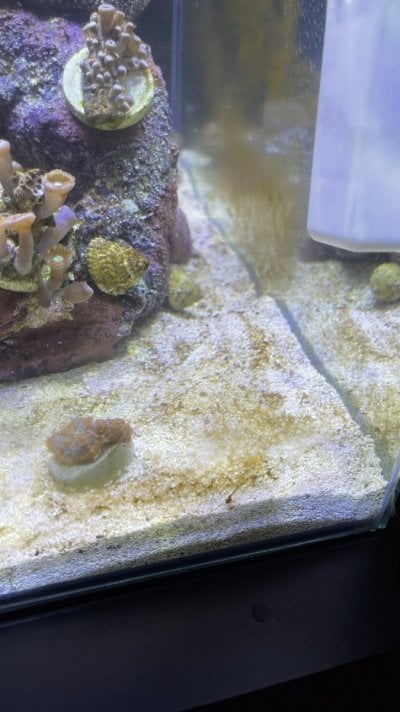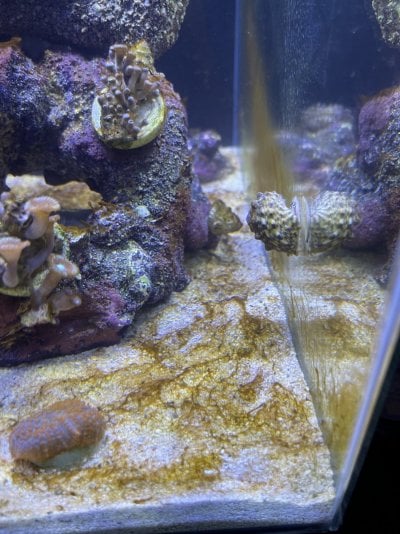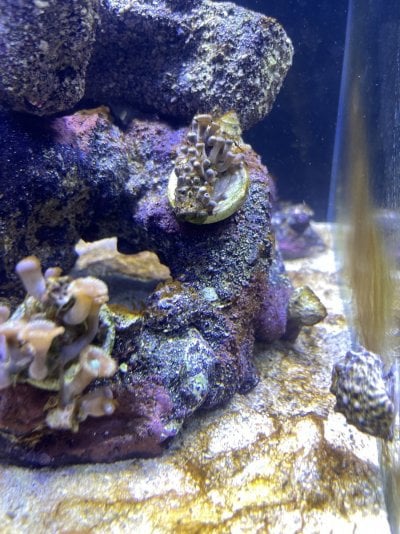Yeah that instruction confuses everyone. I get what they are promoting, but your current purpose is different.I’m currently battling Dinos too. I’m trying to raise NO3 and PO4 by dosing brightwells neo-nitro and neo-phos. After a full week of dosing per directions, my numbers still remain 0. Directions suggest my system is carbon limited. Am I to dose a carbon source to try and get NO3 and PO4 to rise? Pardon my ignorance, but I always thought carbon dosing will reduce these numbers? Any suggestions on how to raise my nitrates?
Get PO4 up first. Dose much harder than instructions. Your rock and sand (aragonite) is binding the PO4 and will continue until it gets to a certain level of saturation. It will then be releasing some back into the water and you will quickly be able to dial back dosing. In my 300G system, it took 2 liters of DIY solution. YMMV.
Once you get a decent reading on PO4 24 hr after dosing, then start with the Neonitro. My experience was that this much quicker to rise.























